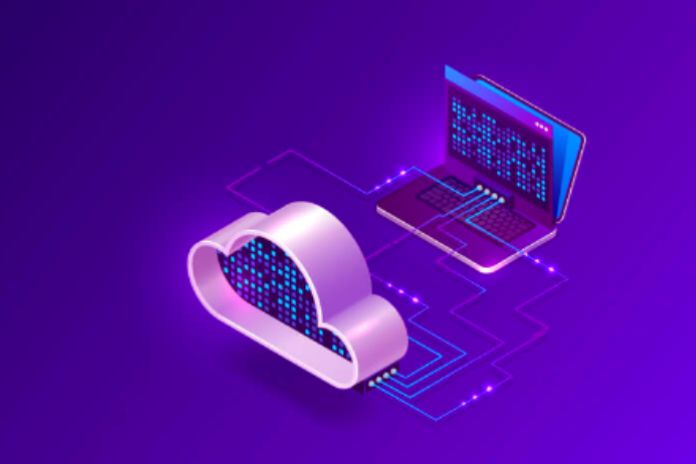Cloud to Data protection: Cloud computing is an up-and-coming technology for companies, mainly because it generates more availability of services and lower costs.
However, with the new general data protection law, the LGPD, it is necessary to focus on another aspect: security.
Of course, it is possible to effectively maintain and prepare the cloud for this law. To learn how to do this, check out this article.
What Is The Data Protection Law?
The data protection law was sanctioned in August 2018 and will come into force in 2020. It was inspired by the regulation in 2016, the so-called GDPR. The rule seeks to grant more autonomy to the client and strengthen transparency in negotiations involving data collection.
One of the points is the need to prove the real purpose for storing personal information, which distinguishes one person from another. In other words, it must be clear to the consumer and to the government what the Company’s intentions are.
Thus, when the purpose is fulfilled, the organization must remove the data from its base to ensure the security of the customer. Likewise, the user must be by what was informed to the user when he accepted it.
Another critical point is the power granted to the holder to change or request the removal of their information from the storage banks. The process must be transparent, and the owner can, at any time, make the decision that is convenient for him.
The Importance Of The Norm
The legislation came at a good time: in discussions about privacy and security, mainly because of some scandals about the misuse of personal information.
For companies, it is essential to be concerned with restrictions, as the fines can be heavy, depending on the situation, and can lead to a loss of credibility and customer trust.
In other words, profound cultural changes will be necessary to ensure compliance and organization of all departments.
The standard can also be seen as an opportunity to invest in information security and improve processes. After all, nowadays, it is an increasingly growing demand that directly impacts the public image of a corporation and the satisfaction of its customers.
How To Ensure The Suitability Of The Cloud To The New Law?
This topic will discuss how the server virtualization paradigm can adapt to the new law.
Cryptography
One of the points is the encryption that is implemented by cloud systems. Due to this feature, the data gains security codes that can only be deciphered by those responsible, the sender and the receiver.
Thus, the Company ensures that the information remains inviolable throughout its usage cycle.
Risk Management
Another positive factor of the cloud in this context is its risk management. With more excellent care, it is possible to work with potential gaps and implement protective measures that anticipate the occurrence of specific problems.
The broader view provides more security and proactiveness for management, who knows what to do, how to handle crises, and how to keep customer information safe.
In this way, it is also possible to establish greater transparency in data control and communicate to the customer what is necessary.
Thus, access guidelines can be implemented as well as defense protocols in case of attacks to reduce losses for consumers.
Privacy By Design
Another of the most commented points about the LGPD was the idea of privacy by design, that is, from conception.
This represents the need to focus on transparency and care with data from the beginning of the conception of a product or service, that is, at all stages.
Cloud risk management enables effective security testing before releasing a result to customers, for example, to ensure that these products/services are consistent and do not expose users to great danger.
Monitoring
Likewise, monitoring virtual servers helps to implement privacy care. It is possible to establish access controls and systems available in real-time to speed up responses to potential incidents with visibility and transparency.
The concentration of relevant information facilitates decision-making at critical moments. It is, therefore, possible to monitor the health of the data and reinforce its protection at all stages of use.
How Do You Maintain Security?
To strengthen security, companies often need to adopt practices such as performing backups to keep files in different versions in different locations.
Furthermore, another efficient strategy is employee training with proper risk education. They need to be careful in accessing information and using the internet to avoid creating vulnerabilities and loopholes.
Restricting access to the most sensitive data is also a good practice, ensuring management controls this information more carefully.
Likewise, computer systems such as antivirus and firewall tools are also essential in this regard, as they optimize network monitoring and access filtering. Thus, it is possible to block specific applications and prevent suspicious actions.

